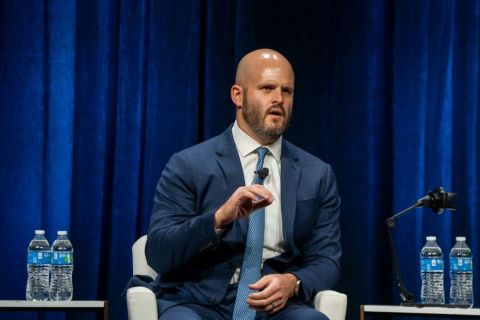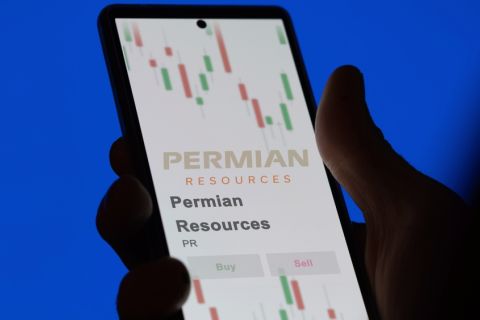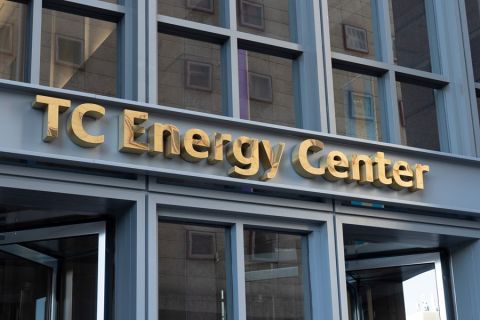The classic oil and gas industry—easy oil, easy gas—will not do the job any longer, says Royal Dutch Shell chief executive Jeroen Van der Veer. The world’s population is to grow from 6 billion people to 9 billion by 2030, and they will all want electricity and cars.
Are renewable fuels the answer? No, told approximately 2,000 energy-industry leaders at the CERAWeek 2009 energy conference in Houston, presented by IHS Inc.’s CERA. “Even difficult (to produce) oil and difficult gas can be very competitive (against renewables).”
He figured out when he would experience a return on his investment if retrofitting his home to use of solar power. His breakeven would be at age 103. “The world likes renewable, especially among young people,” he admits.
“(Yet) renewables should be at a much lower cost to the consumer. It makes no sense to build things that are that expensive.”
Shell will continue to spend, through the downturn, on finding and developing future oil and gas reserves, as it has in past down-cycles. “Our philosophy is to keep on investing…The upturn will come.” And, it will continue to explain to shareholders “long-term how compelling energy investments are,” such as Shell’s Sakhalin project that will cost $20 billion to develop and will produce 4 billion barrels of oil.
Will it spend on Wall Street too? Van der Veer isn’t convinced of the value of buying reserves. When comparing the price of organic growth versus inorganic/acquired, “you have better opportunity to build a project than acquire a company.” The latter is expensive. Of course, “we don’t say ‘never,’” he adds.
Government can improve the permitting process, land access and pricing of CO2, via cap-and-trade, a carbon tax, or other means. “Whatever way you do it.”
And, an industry challenge for a multi-national oil and gas producer, importer/exporter, refiner and retailer is volatility in exchange rates. The variables in the U.S. dollar, the British pound, the euro, the Russian ruble, the Australian dollar and more currencies—especially as seen in 2008—“can hit bottom lines quite easily.”
–Nissa Darbonne, Executive Editor, Oil and Gas Investor, A&D Watch, Oil and Gas Investor This Week, OilandGasInvestor.com, A-Dcenter.com; ndarbonne@hartenergy.com
Recommended Reading
Baker Hughes Awarded Saudi Pipeline Technology Contract
2024-04-23 - Baker Hughes will supply centrifugal compressors for Saudi Arabia’s new pipeline system, which aims to increase gas distribution across the kingdom and reduce carbon emissions
ProPetro Reports Material Weakness in Financial Reporting Controls
2024-03-14 - ProPetro identified a material weakness in internal controls over financial reporting, the oilfield services firm said in a filing.
Greenbacker Names New CFO, Adds Heads of Infrastructure, Capital Markets
2024-02-02 - Christopher Smith will serve as Greenbacker’s new CFO, and the power and renewable energy asset manager also added positions to head its infrastructure and capital markets efforts.
Stockholder Groups to Sell 48.5MM of Permian Resources’ Stock
2024-03-06 - A number of private equity firms will sell about 48.5 million shares of Permian Resources Corp.’s Class A common stock valued at about $764 million.
TC Energy Appoints Sean O’Donnell as Executive VP, CFO
2024-04-03 - Prior to joining TC Energy, O’Donnell worked with Quantum Capital Group for 13 years as an operating partner and served on the firm’s investment committee.





